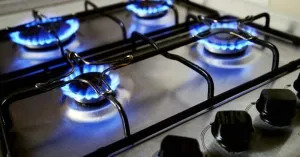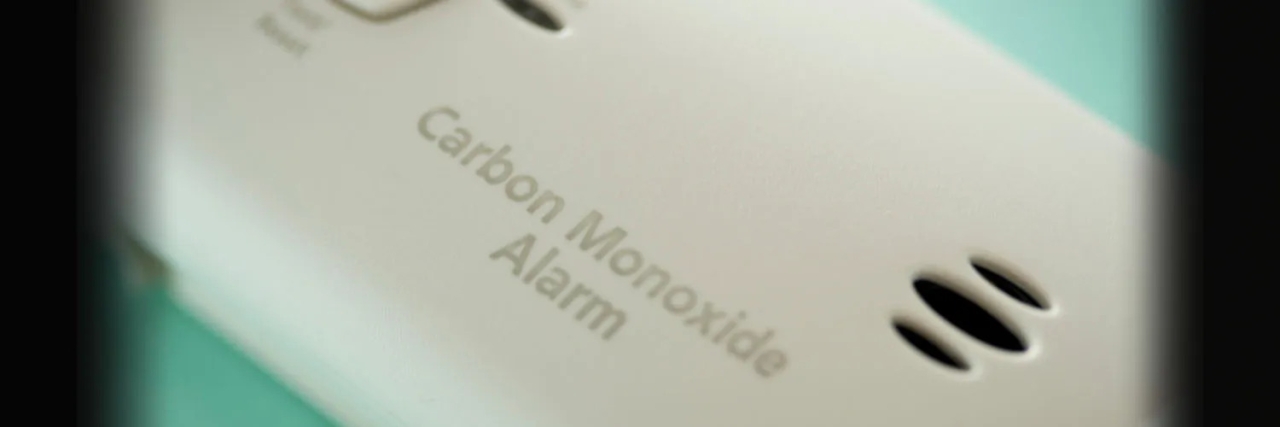Defying the Senses...the Dangers of Carbon Monoxide
Published 12-19-22
Submitted by Public Service Enterprise Group (PSEG)

Originally published on PSEG ENERGIZE!
According to the Centers for Disease Control, approximately 20,000 people are taken to an emergency room and 400 people die every year from accidental carbon monoxide poisoning.
What causes carbon monoxide poisoning?
Carbon monoxide may be released as the result of improper functioning of:
- heaters
- boilers
- fireplaces
- stoves
- other gas or fuel-powered equipment
When carbon monoxide is released in an enclosed area such as a home, it may result in carbon monoxide poisoning.

What are the symptoms of carbon monoxide poisoning?
Exposure to carbon monoxide can cause flu-like symptoms, including:
- headache
- dizziness
- weakness
- nausea
- loss of muscle control
If you experience these symptoms after being in an enclosed area, go out into fresh air immediately.
Seek emergency medical help if symptoms do not quickly improve. Prolonged exposure to carbon monoxide can lead to serious illness and even death.

How can I prevent carbon monoxide poisoning?
- The most important thing you can do is properly maintain heaters, boilers, fireplaces, stoves and other gas or fuel-powered equipment.
- Carbon monoxide detectors are an important second line of defense.
- If a monitor goes off, get out of your house and call 911 immediately. Then, call the PSE&G Emergency Service line at 1-800-880-7734 (PSEG).
- The U.S. Consumer Product Safety Commission recommends placing a carbon monoxide alarm in every area of your home. If just one alarm is installed, it should be placed near the sleeping rooms of the house.
Be sure to check the batteries of your carbon monoxide detector at least every six months.

Other ways to prevent carbon monoxide poisoning include:
- Never use a gas oven or range to heat a room. This can deplete oxygen from the air and cause asphyxiation or severe carbon monoxide poisoning.
- Ensure that any natural-gas-burning appliances are installed, maintained and used safely and according to manufacturer instructions. Gas appliances should be checked by a qualified technician periodically to ensure that they are working properly.
- Do not allow vehicles, lawnmowers, snow blowers, or any gasoline-powered engine to idle in a garage attached to a house. Carbon monoxide can drift into the living space and create a hazardous situation.
- Never use a generator or other fuel-powered machines inside. Hazardous carbon monoxide fumes are odorless and can quickly overwhelm you if a generator is used indoors. This includes outbuildings like sheds or garages.


Public Service Enterprise Group (PSEG)
Public Service Enterprise Group (PSEG)
Public Service Enterprise Group (PSEG) (NYSE: PEG) is a predominantly regulated infrastructure company focused on a clean energy future. Guided by its Powering Progress vision, PSEG aims to power a future where people use less energy, and it's cleaner, safer and delivered more reliably than ever. With a continued focus on sustainability, PSEG has appeared on the Dow Jones Sustainability North America Index for 17 consecutive years. PSEG is included on the 2023-2024 list of U.S. News' Best Companies to Work For. PSEG's businesses include Public Service Electric and Gas Co. (PSE&G), PSEG Power and PSEG Long Island (https://corporate.pseg.com).
More from Public Service Enterprise Group (PSEG)

